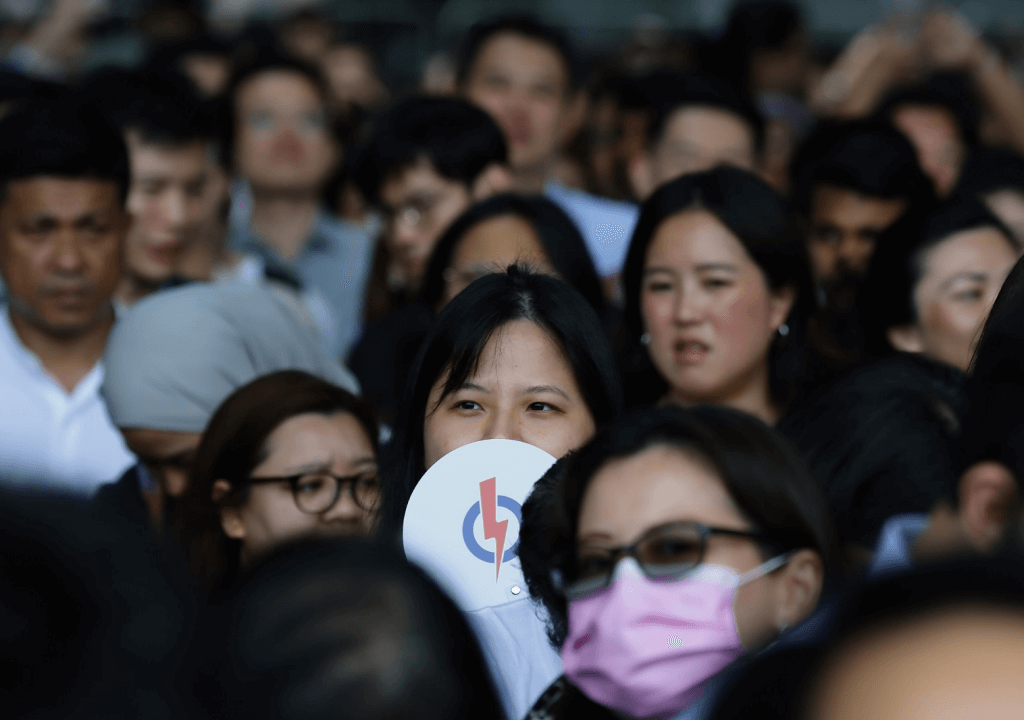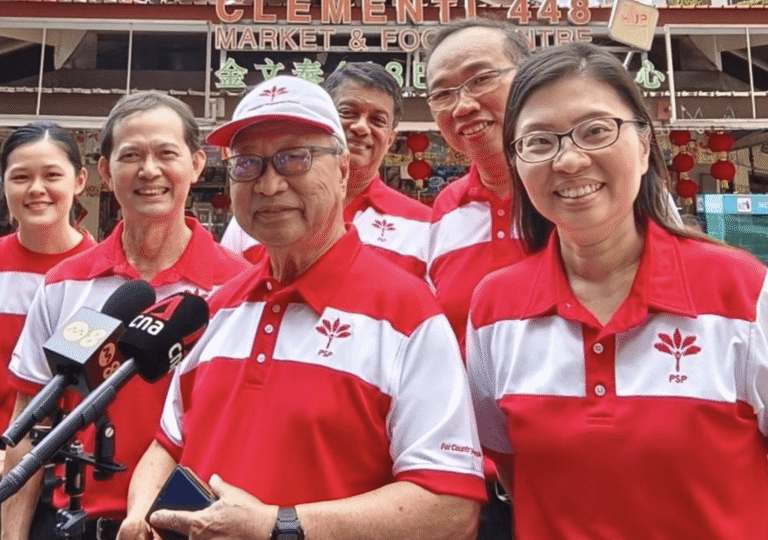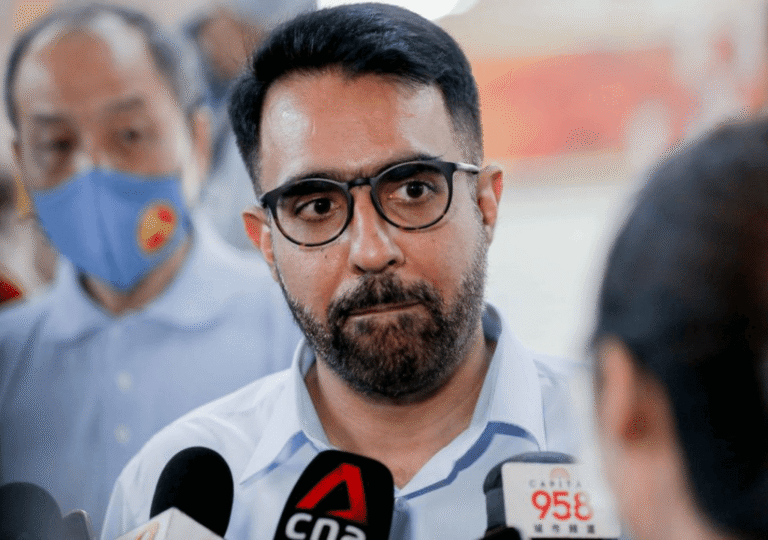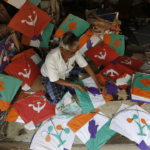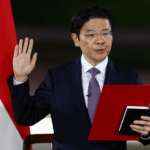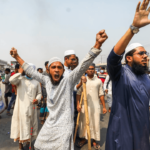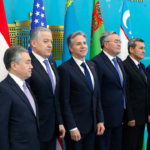The Progress Singapore Party (PSP) emerged as a promising force in Singapore’s 2020 general election. As a new entrant, it secured nearly 10% of the national vote and won two seats in Parliament, marking a strong debut in a tightly controlled political environment. Alongside the dominant People’s Action Party (PAP) and the well-established Workers’ Party, PSP was one of the few opposition parties to gain parliamentary representation. Its performance in Parliament was notable, and it ran several effective, sometimes bold campaigns that gained significant traction on social media.
However, the 2025 general election results proved a stark reversal of fortune for PSP. Despite competing against established parties like the People’s Action Party (PAP) and the Workers’ Party, the scale of PSP’s decline was unexpected. The party lost all its parliamentary seats and saw its vote share drop by nearly 5%, marking a significant setback that now compels it to rethink its political strategy and future trajectory.
What happened to the PSP?
In the 2025 General Election, the Progress Singapore Party (PSP) contested only 13 seats, a significant reduction from the 24 it fielded in 2020. The party framed this downsizing as a strategic move to better allocate its limited resources. However, political observers suggested that this decision may have contributed to a decline in its vote share, reinforcing the perception that the PSP was no longer a serious contender in the race.
Analysts pointed to the party’s continued dependence on the leadership and personal appeal of its founder, Dr. Tan Cheng Bock, whose popularity was central to the PSP’s strong debut in 2020. Efforts to cultivate a lasting identity beyond Dr. Tan, however, appeared to have faltered. Despite the presence of party chief Leong Mun Wai and first vice-chair Hazel Poa as Non-Constituency Members of Parliament (NCMPs), many voters perceived a lack of strong or alternative leadership within the party.
At 85, Dr. Tan remained the face of the PSP during the 2025 campaign—likely his final run. The party fielded candidates in six constituencies, where it garnered between 24.17% and 39.99% of the vote. Despite deploying its so-called “A-team” of Dr. Tan, Mr. Leong, and Ms. Poa in the West Coast–Jurong West GRC, the PSP failed to secure a seat. With the Workers’ Party now set to take the NCMP positions, the PSP looks poised to lose all its representation in Parliament.
Observers noted a clear decline in Dr. Tan’s influence compared to the 2020 election, when he was seen as a towering figure in opposition politics. At the time, the PSP leveraged Dr. Tan’s online appeal, particularly among younger voters, during a campaign marked by pandemic restrictions. His use of youth slang and his self-styled persona as a trend-savvy grandfather captured widespread attention on social media.
In the 2025 campaign, the PSP emphasized its ability to challenge the People’s Action Party (PAP) in parliamentary debates, pointing to the performance of its two NCMPs. Yet, as analysts noted, electoral success in Singapore ultimately hinges on a party’s ability to address voters’ everyday concerns at the constituency level—something the PSP was unable to do effectively.
A Failed Manifesto
Observers noted that some of the Progress Singapore Party’s policy proposals may not have resonated with voters. The party’s manifesto outlined over 60 initiatives, including a reversal of the Goods and Services Tax hike, the introduction of a universal minimum wage, and a plan to make public housing more affordable by exempting Singaporeans from land costs—unless they later choose to sell their flats.
Other proposals included nationalizing the MediShield Life and CareShield Life insurance schemes, implementing statutory retrenchment benefits, and imposing a $1,200 monthly levy on Employment Pass holders. The manifesto also called for expanded mental health services and an increase in annual leave entitlements from seven to 14 days.
While some voters may have found these proposals appealing, others raised concerns about their long-term sustainability. Critics argued that the party’s platform tilted too heavily toward populism, a position that could alienate lower-income voters who benefit from government programs like the Assurance Package. The PSP also seemed to struggle with engaging middle-income voters, who typically prioritize fiscal responsibility and balanced policymaking.
As one analyst put it, while identifying issues that resonate with the electorate is straightforward, the real challenge lies in offering credible and feasible alternatives. In that regard, the PSP’s manifesto fell short.
Can PSP Survive?
The Progress Singapore Party (PSP), originally formed as a small splinter from the People’s Action Party (PAP), is still in its early stages. Despite a promising start, the party now faces significant challenges and can only progress if it effectively repositions itself. In the 2025 General Election, while the PAP raised key national issues and the Workers’ Party (WP) offered well-defined counterarguments, the PSP struggled to carve out a distinct presence.
The way PSP addresses its current difficulties will determine if it secures a lasting role in Singapore’s political landscape or fades into the background like many other nominal opposition parties. Another point of concern is the party’s internal stability. Since its founding in 2019, PSP has undergone four leadership changes. Most recently, Leong Mun Wai was re-elected as secretary-general on March 26, marking his second term after taking over in April 2023, making him the fifth person to lead the party. These frequent changes have raised questions about the party’s internal cohesion.
PSP now stands at a crucial juncture. The disappointing outcome in the 2025 election highlights the urgent need for the party to reassess its direction and reinvent itself in order to maintain its credibility as a political force.

